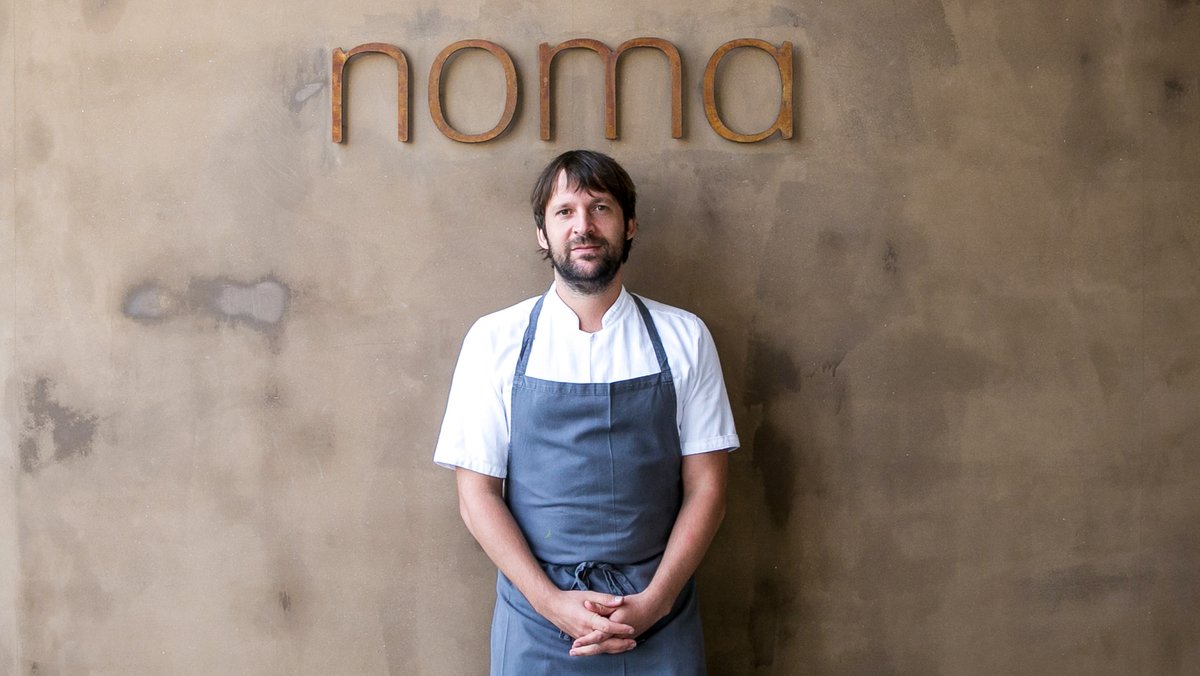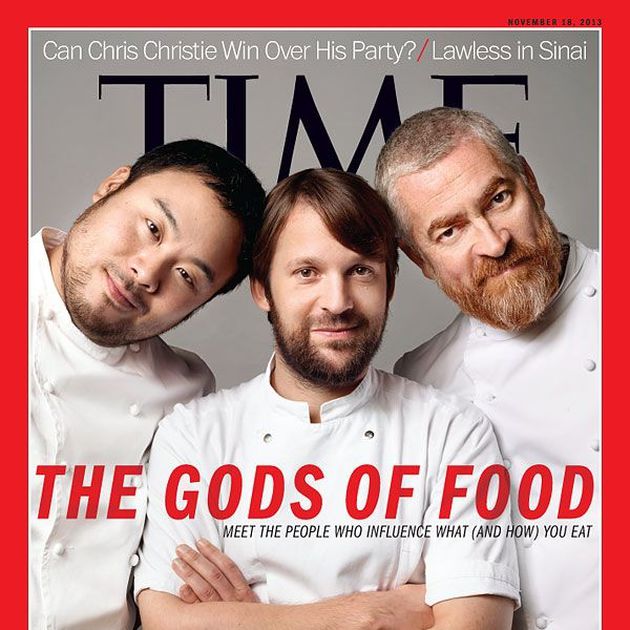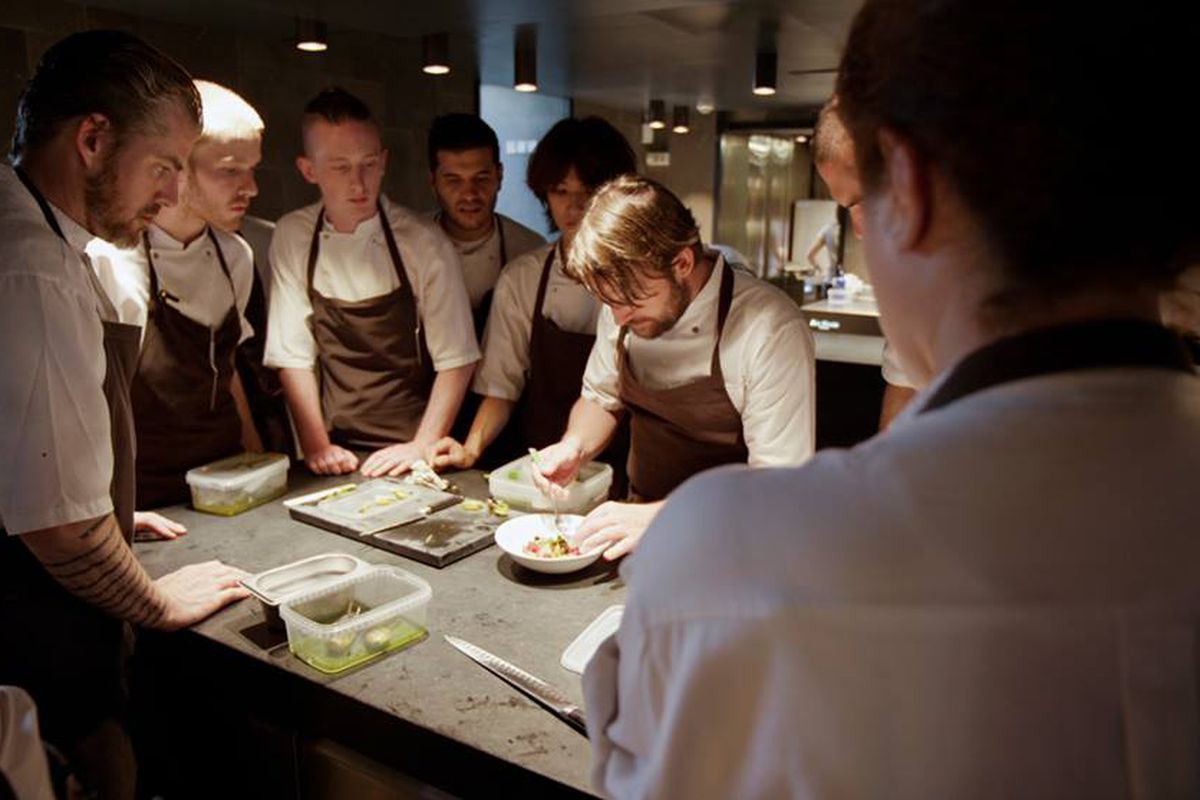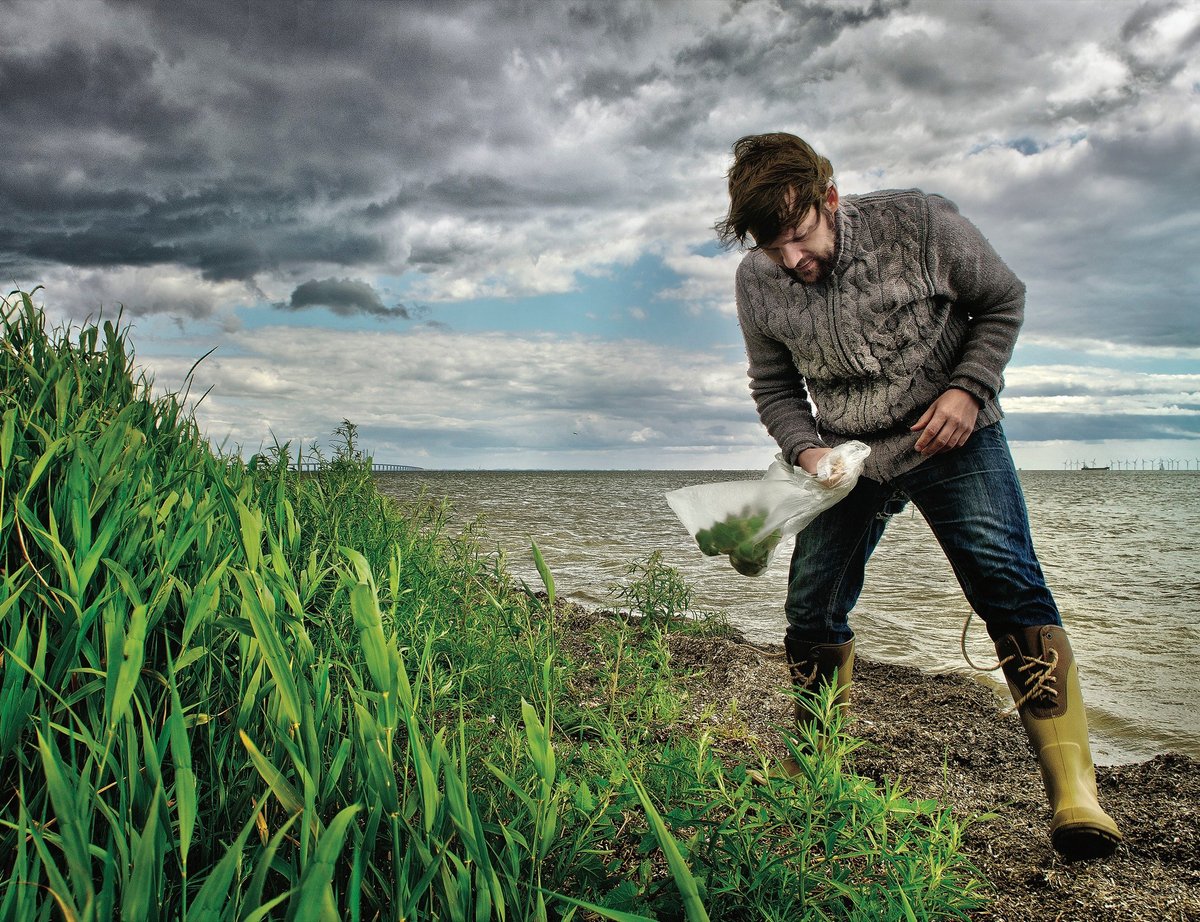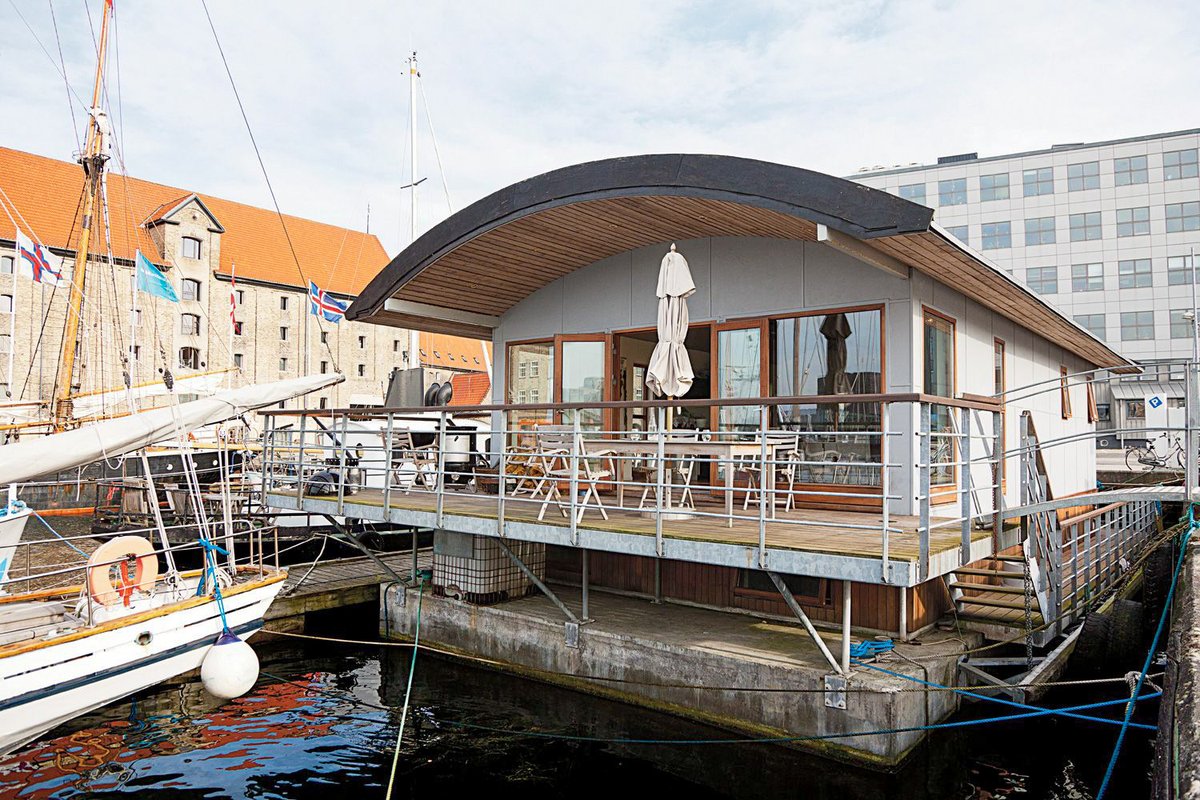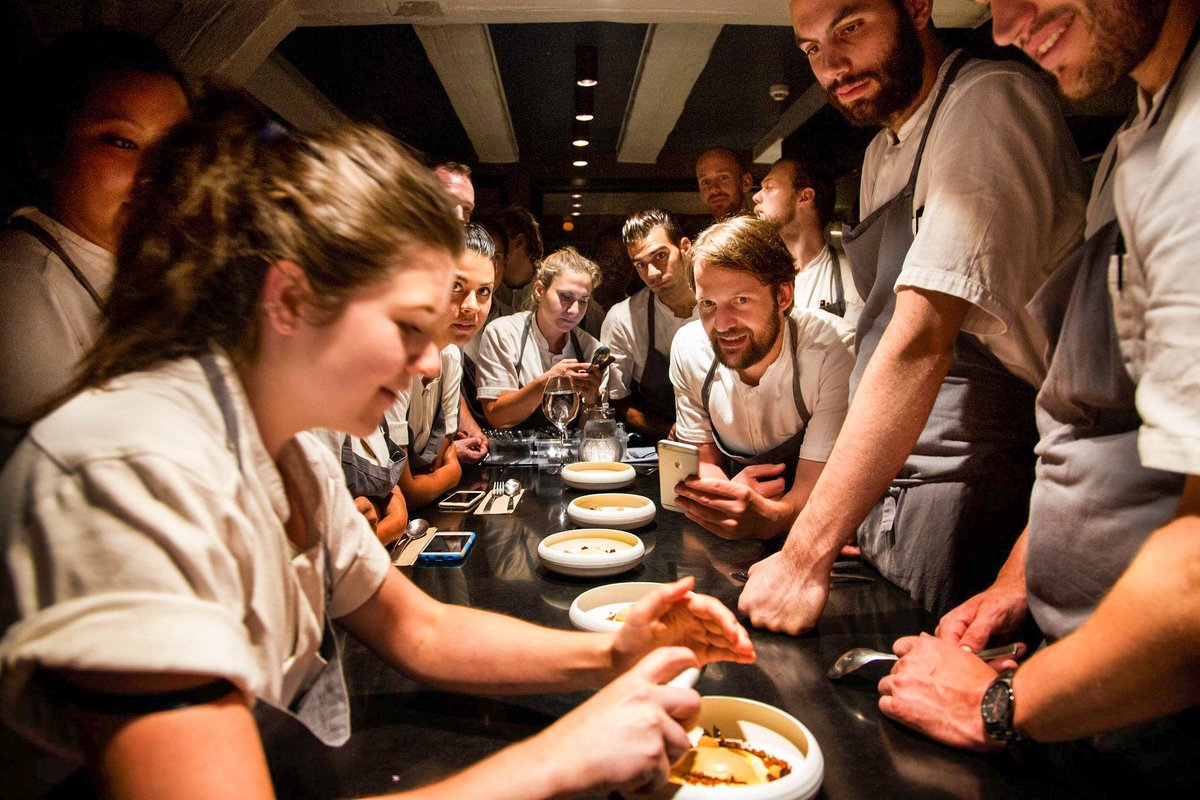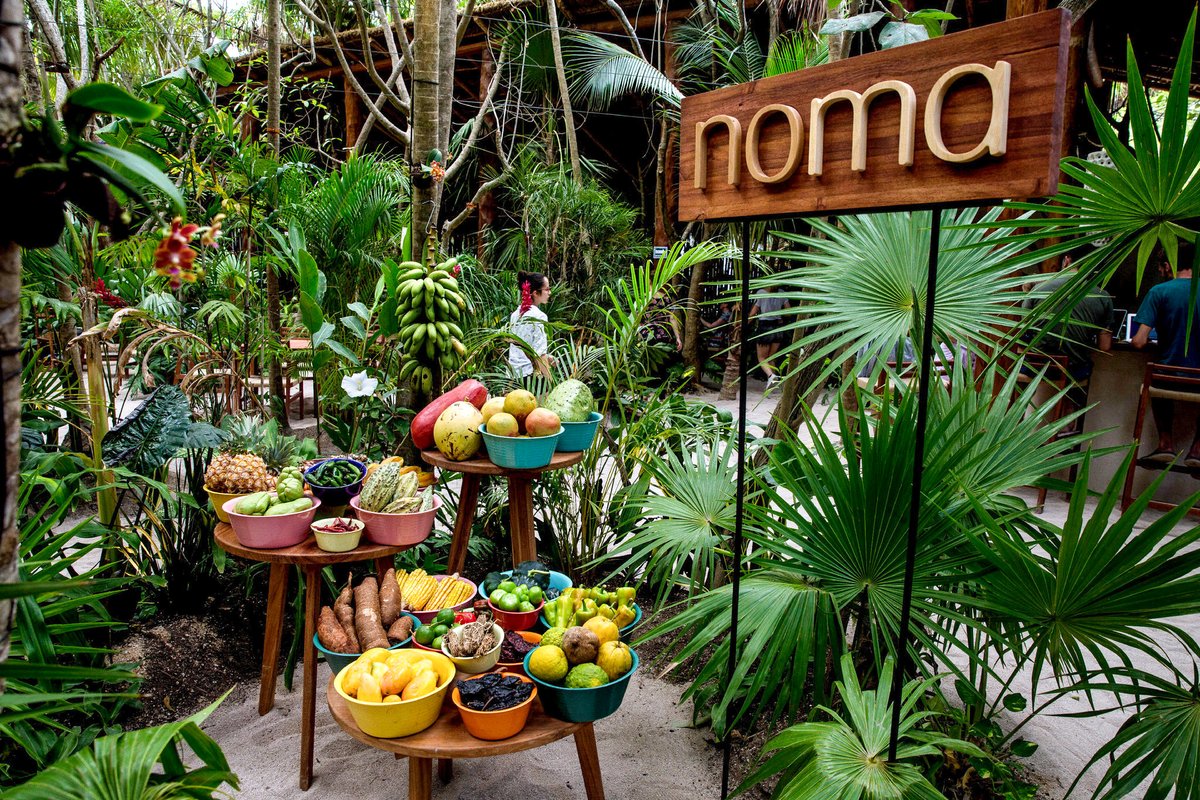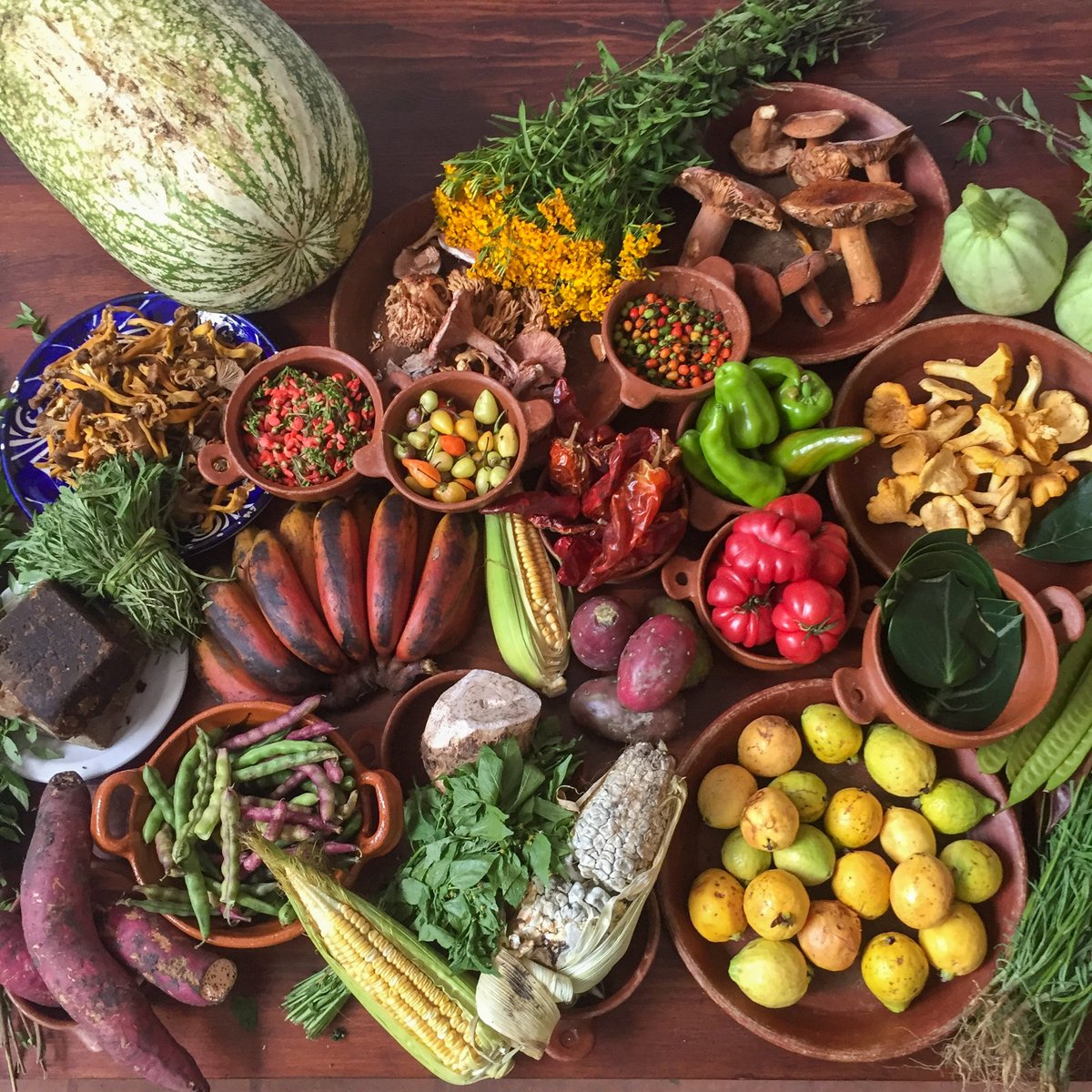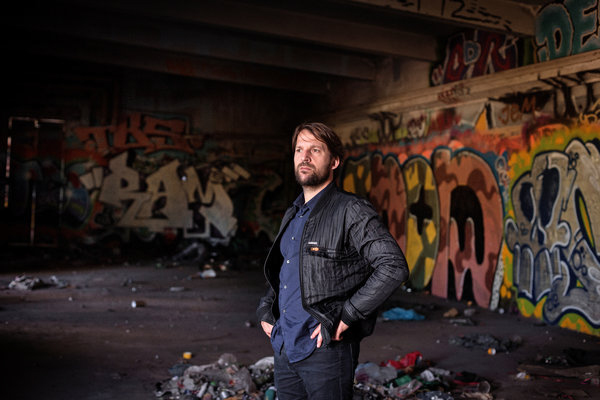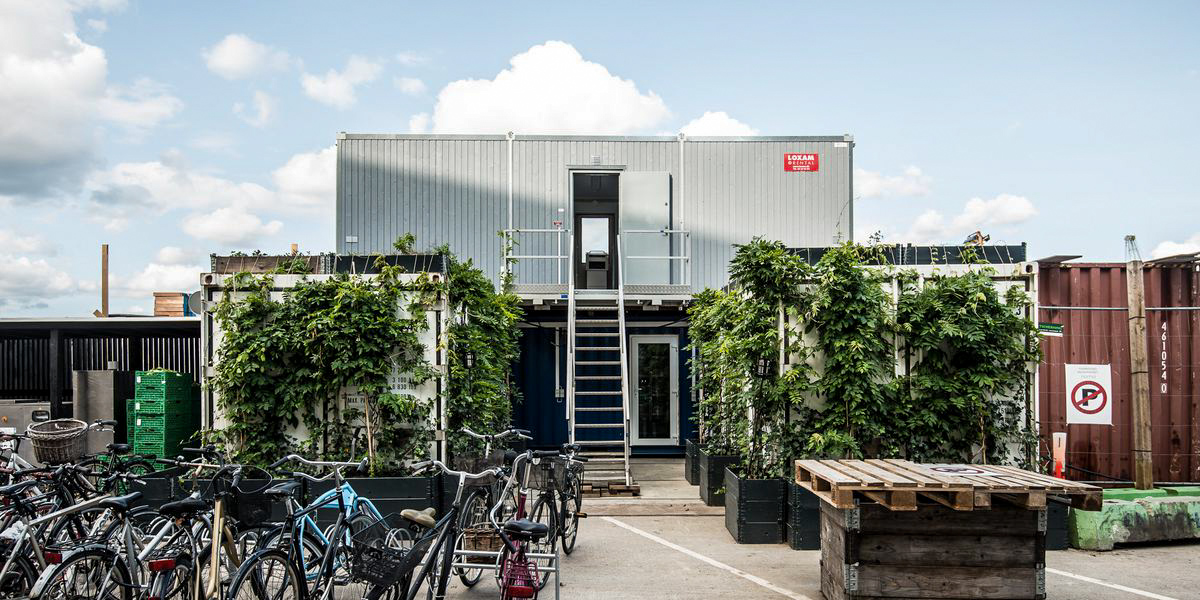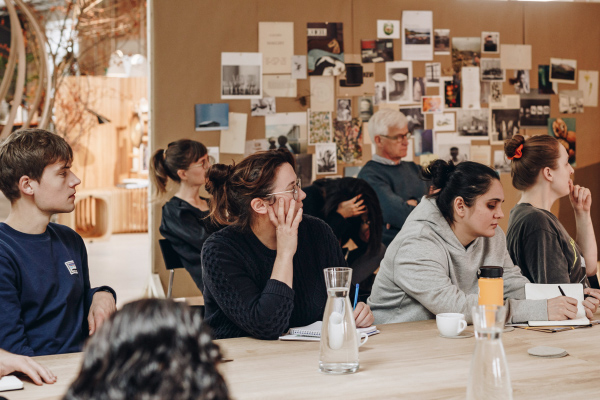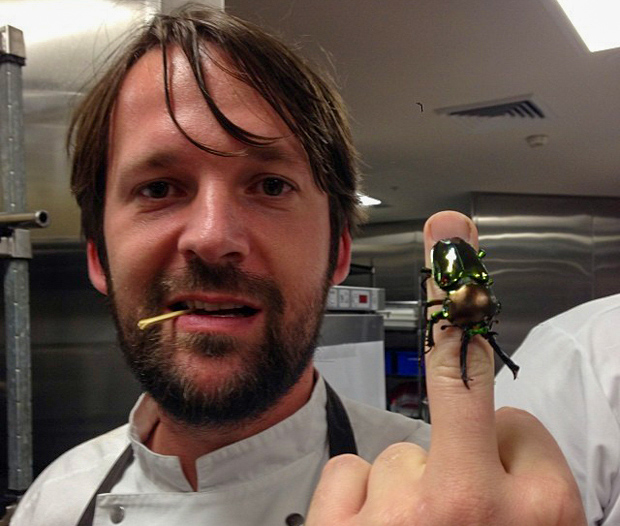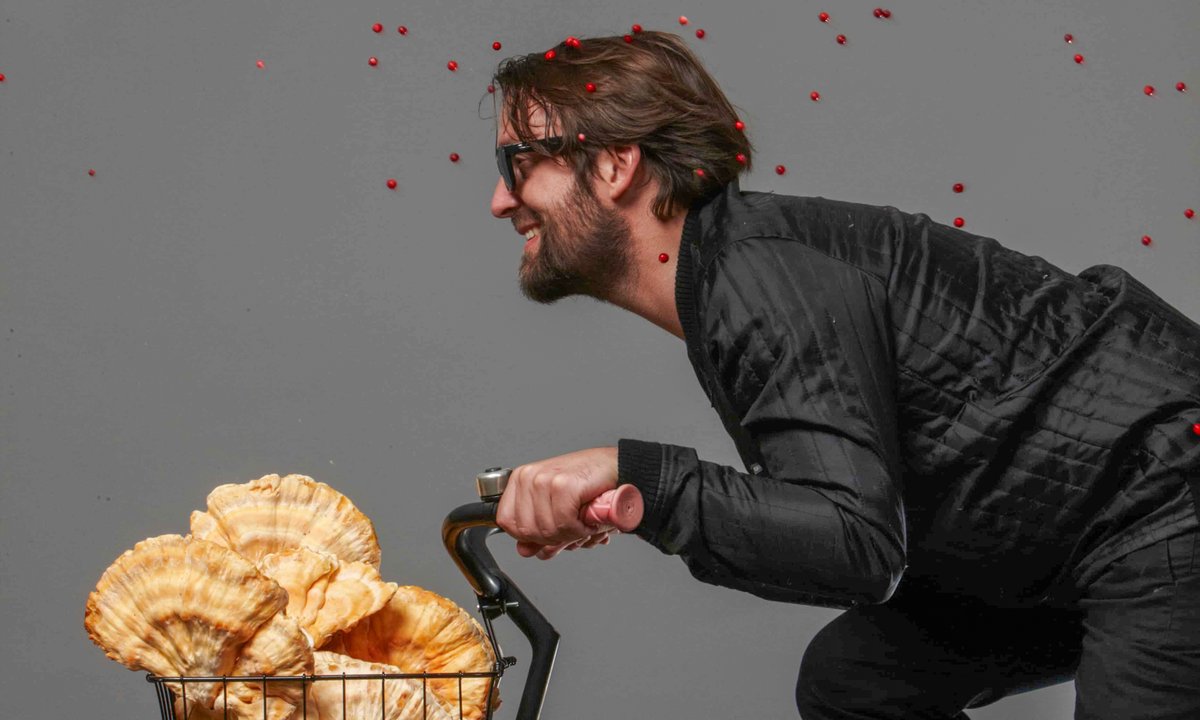1/ Noma has been named World& #39;s Best Restaurant four times. The creative genius behind Noma? René Redzepi - declared a "God of Food" by Time Magazine.
This is a lesson in how applying extreme constraints led to the meteoric rise of one of the world& #39;s most influential chefs.
This is a lesson in how applying extreme constraints led to the meteoric rise of one of the world& #39;s most influential chefs.
2/ René Redzepi has appeared twice on the cover of Time Magazine and has been named one of Time& #39;s 100 Most Influential People in the world. But he wasn& #39;t bred for success - he was born as an outsider looking in.
3/ René& #39;s father was an Albanian born Macedonian who immigrated to Denmark and worked as a taxi driver. His Danish mother worked as a cashier and cleaning woman. In Denmark& #39;s tightly knit population, his Muslim dad was a permanent outsider.
4/ René often went to bed hungry having dined only on toast. People in Denmark called him a "Balkan dog." At 11, he begins to work as a paperboy to help his parents pay for rent and send money back to family in Macedonia.
5/ He& #39;s expelled from school at 15, and with no idea what to do next, he follows his best friend and signs up for cooking school. Soon, he falls in love with cooking and follows his passion to the kitchens of El Bulli in Spain and The French Laundry in California.
6/ At 25, he opens Noma ( @nomacph) in Copenhagen with Danish culinary entrepreneur Claus Meyer. The name Noma roughly translates to "Nordic food." This is where @ReneRedzepiNoma& #39;s creativity blossoms to new heights.
7/ René believes that the seed of creativity lies in limitation. At Noma, he restricts the team to only use ingredients that grow in Nordic countries. If that restriction weren& #39;t enough, Denmark& #39;s cold season lasts from January until April, where vegetation barely grows.
8/ With these constraints, René and the Noma team are forced to forage for and harvest their own ingredients. This leads to culinary surprises like plucking grass from rotten seaweed to find it tastes like coriander or biting into ants to find they taste just like lemons.
9/ He sees restaurants having a pact with nature and believes everyone should grow up as a forager. When you harvest your ingredients, you are forced to use it all and be true to its original flavor. He wants to develop a cuisine that reflects local soil, topography, and climate.
10/ They have so little to work with so they waste nothing. René believes "the best discoveries are hidden somewhere in insanity." He tries foods that other chefs won& #39;t touch like fried fish scales. People laugh and call them names like "restaurant blubber" and "seal f*ckers."
11/ René ignores the criticism and establishes the Nordic Food Lab, which is fancier than it sounds. It& #39;s a rigged up houseboat moored outside Noma. Here, the team studies the biodiversity of Scandinavia and finds reasons to grow crops originally removed from cultivation.
12/ Rather than concentrate on creating a single dish at a time, he encourages his team to investigate each available ingredient, considering techniques and methods beyond those normally accepted in culinary society.
13/ René believes that cooks create languages. In a language, you need a vocabulary and alphabet to build sentences and paragraphs. In the culinary world, ingredients are the alphabet. The more letters are available, the more beautiful the prose.
14/ Even for produce as simple as a carrot, his team spends weeks studying books and examining different species, seeds, growing areas, and conditions. They learn how each variable affects the sugar content and every facet of a carrot. https://youtu.be/FjN546QGSMA ">https://youtu.be/FjN546QGS...
15/ René believes in creating environments where people are confident that they can experiment and be creative without being ridiculed or laughed at. One of his most prominent creations that everyone can learn from is Saturday Night Projects.
16/ On Saturday evenings after 85 hour workweeks, the kitchen team gathers and each chef is required to present a brand new dish for tasting and receive critical feedback. It& #39;s nerve-wracking for many but René views it as a training camp for intuition. https://youtu.be/A67PIaZcHHk ">https://youtu.be/A67PIaZcH...
17/ "There are so many food professionals perfect at executing recipes, but when asked to cook something they enjoy or a piece of themselves, they struggle. Figuring out what represents you on the plate never starts too early. If you know that, you will cook better."
18/ If the constant creative challenge of running the world& #39;s best restaurant isn& #39;t enough, René decides to regularly relocate his entire team to run pop up restaurants across the world in places like London, Australia, Japan, and Mexico.
19/ These aren& #39;t your standard pop-ups. For each location, they start by handling logistics for 60 team members and their families including visa applications, daily transportation, schools and daycare for children, and housing.
20/ In parallel, the team conducts months of research. Like a strike force dropped into unknown territory, the team must recruit local foragers and scouts who seek out the best local ingredients and artisanal producers.
21/ At the Australia pop-up, local resident, Elijah Holland "interviews" for the Noma scout team by bringing René 250 samples of wild foraged edibles. In Mexico, the team can& #39;t find Indio tomatoes, so they give seeds to local farmers to grow over several months.
22/ The pop-up for Mexico is built from scratch - everything from the structure, electricity, plumbing, kitchen equipment, furniture, and more. They work with local designers and makers to source original pieces.
23/ René introduces these challenges because he believes that travel and cultural immersion are critical for his team to learn how to cook with unfamiliar ingredients and adapt the best ideas from established food cultures.
24/ At the apex of fame, René does the unthinkable and decides to shut down Noma 1.0. Instead, he finds an abandoned, burnt out bunker coated in graffiti and decides that he wants to re-open Noma 2.0 in that space.
The reason? His success has begun to limit his creativity.
The reason? His success has begun to limit his creativity.
25/ "In hindsight now I can see that success pushes you into some sort of formal way of thinking even within your own creative space. You become more square. But as time goes, there is less and less space on that canvas. So you need to create a new one." https://youtu.be/rIM3px274HY ">https://youtu.be/rIM3px274...
26/ With Noma 2.0, he wants to build the most creative space in the restaurant world. Noma 2.0 offers 3 menus over the course of the year focusing exclusively on the season& #39;s bounty: seafood in winter, vegetables in summer, and game in the fall.
Photos: https://www.archdaily.com/902436/noma-big ">https://www.archdaily.com/902436/no...
Photos: https://www.archdaily.com/902436/noma-big ">https://www.archdaily.com/902436/no...
27/ In the new space, René wants to build a fermentation bunker. Instead of building a state of the art 5 million euro facility, Rene constrains himself to 50,000 euros. He buys 5 shipping containers for 600 euros each, and builds temperature chambers for fermentation.
28/ Beyond Noma, he launches the MAD Symposium, which starts as a forum where chefs collaborate in the spirit of communal knowledge and creative inspiration. He believes that changing food means being part of changing people that are in the food industry.
29/ The first symposium is themed “The Plant Kingdom.” 300 chefs cram into a circus tent during a rain storm. @davidchang of @momofuku, gives a talk about fermentation and “microbial terroir” to describe the different flavors that different bacteria in different places impart.
30/ With financial help from the Danish government, René takes it one step further and creates the MAD Academy, a school that imparts life skills that aren& #39;t taught at culinary school.
31/ "We have schools where you go to learn the & #39;how& #39; of cooking. But the Academy will teach the & #39;why& #39; - why we are doing it, what sort of systems we& #39;re tapping into, how the environment is affected, how the team is affected."
32/ The MAD Academy has its basis in four pillars of leadership: environmental issues, economy, and creativity. Applications are assessed anonymously with quotas to ensure gender balance, and scholarships are offered for those who can& #39;t afford it.
33/ In a way, MAD Academy is a middle finger to the traditional system that expelled René. Director Pierre Deschamps likens René to an outsider of the feudal culinary system. He came from nothing and broke all stereotypes passed down through generations by gastronomic titans.
34/ In all of the research I did on René, what I love most is his desire to inspire and impart creativity in others.
35/ In the book Hungry, @JeffGordinier writes of René: "This habit mind of his - this insatiable appetite for new sights, scents, flavors, conversations - can& #39;t help but rub off on anyone who wanders into his orbit."
36/ "Creativity is the ability to store the special moments, big or small, that occur throughout your life, then being able to see how they connect to the moment you’re in. When past and present merge, something new happens." -René Redzepi @ReneRedzepiNoma
For those who want to learn more about @ReneRedzepiNoma, I& #39;d recommend: @JeffGordinier& #39;s book "Hungry" (chronicles his 4 year journey traveling with Rene around the world), René& #39;s own journal "A Work in Progress," and @briankoppelman& #39;s "The Moment" podcast episode with René.

 Read on Twitter
Read on Twitter